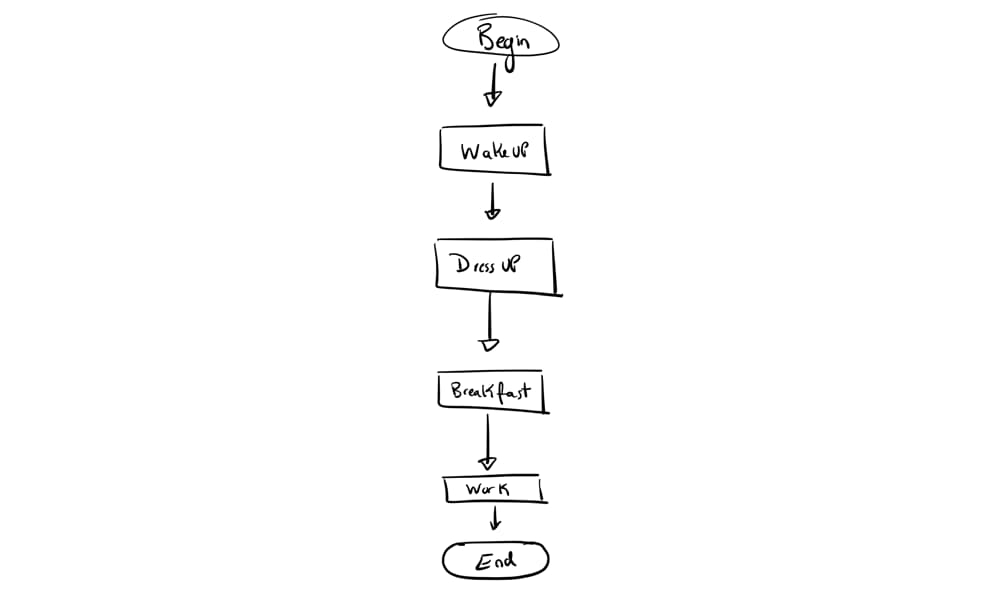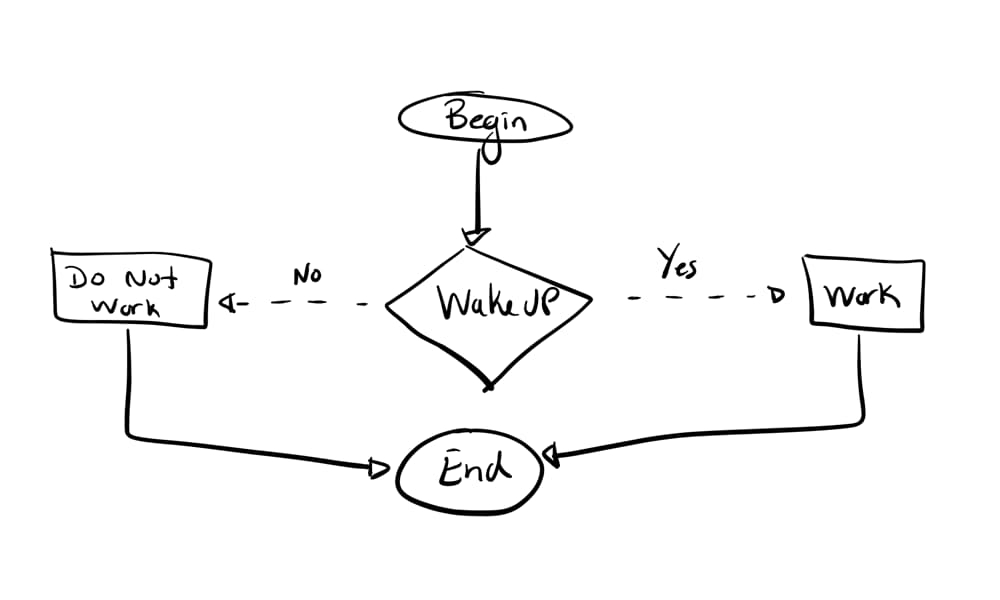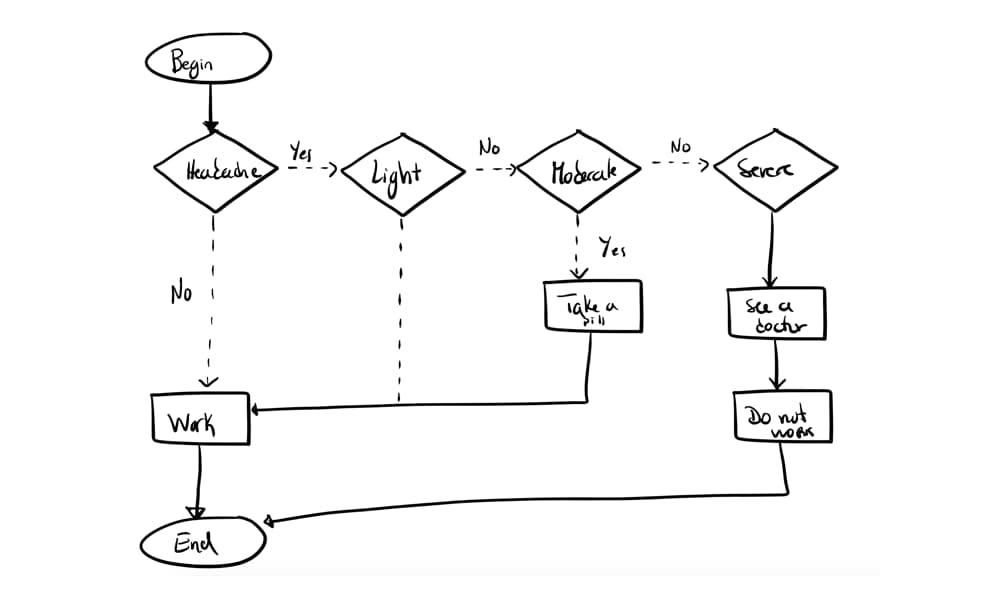Fundamentals of Programming #3: Paradigms
PermalinkEvery single programming language has its own characteristics that distinguish them from each other. One of those characteristics is the paradigms they follow. That is something very important to understand how some programming languages work. This is part of The Fundamentals of Programming Using C series.
Programming paradigms are styles or patterns that tell the “way” to program in that language. There are many of them.
We will approach 6 programming paradigms, the best known and used. The languages that adopt more than one paradigm are called multi-paradigm languages.
Imperative paradigm
The first paradigm we are talking about is the imperative paradigm. This paradigm consists in a state (which are variable) and actions (commands) that are able to change the state.
This paradigm can be compared to the imperative tense in our language since it is used to command the realization of action (for example, do something, analyse, clean…).
Some examples of programming languages that follow this paradigm are: C, Java, C#, Pascal.
Procedural paradigm
The programming languages that follow the procedural paradigm, allow us to reuse pieces of code without copying and pasting them in another place. This can be done using functions and procedures (we will talk about this later).
The majority of the programming languages we use nowadays have adopted this paradigm.
Structured paradigm
In the programming languages that follow the structured paradigm, the source code of an application can be reduced to only three structures: sequences, decisions and iterations (repetitions).
Sequence
In this type of structure, the tasks are executed in a linear way, it means, one after the other. Look at this example:
WakeUp;
DressUp;
Breakfast;
Work;
In this sequence we can see some of the linear actions that are taken by almost every human on Earth on their day to day. Here is the corresponding flowchart:

In most programming languages, the commands/actions finish with a semicolon so they can be all written in one single line, like this:
WakeUp; DressUp; Breakfast; Work;
The usage of a semicolon is usually mandatory when there is more than one instruction in one line. There are some programming languages that only require us to put a semicolon in this cases (JavaScript, for example). But in the majority of them we have to put a semicolon after finish each instruction (like C, Java, C# and so on).
Decision
In this kind of structure, there is a piece of code that is executed, or not, depending on a logical test. We have got some examples for structures.
In the first example, we are going to write the condition “If I wake up, I will work. Otherwise, I will not work” in pseudocode.
if "Wake Up" then
"Work"
else
"Don't work"
endif
As you can, it is easily comprehended. Note that Work will only be executed if the individual Wake Up. Otherwise, the piece Don’t work will be executed. Let’s see a pretty flowchart for this:

Now, let’s see the second example. In this one, we will illustrate the condition “I have an headache. If it’s a light one, I will work. But if it is moderate, I will take a pill and go to work. If it’s severe, I will go to the doctor and don’t go to work”.
case "headache"
when "light" then "work"
when "moderate" then "take pill"; "work"
when "severe" then "go to the doctor"; "don't work"
You probably thought that I would use “ifs” but I didn’t. In almost every single programming language, there is an alternative for the use of “ifs” when it all depends on a variable content. Take a look at this flowchart:

This flowchart represents the code above, but in a different way. This flowchart is exactly the same as the code below. And the code below is exactly the same as the previous piece of code you’ve seen.
if "headache"
if "light" then
"work";
else if "moderate" then
"take a pill";
"work";
else if "severe" then
"go to the doctor";
"don't work";
endif
endif
Iteration
There is one more kind of structures: iteration, also known as repetition. In this structures, a piece of code is repeated n number of times, usually depending on a logical test.
Let’s take a look at a pseudocode piece that represents the repetition “I will not leave the house until I’m dressed”:
do {
"not leave the house";
} while ( "not dressed" )
The previous code can be read as: do “not leave the house” while “not dressed”. Basically, you can say, do *x *while y.
Let’s take a look to one more repetition. This time it is “while I sleep, I don’t dress myself up”:
while ( sleep )
doNotDress();
It means, while something is happening, do other thing.
Now, let’s see an example to “brush the teeth 20 times”:
for ( i = 0; i++; i < 20)
brushMyTeeth();
The last example is “for each teeth, I clean it very well”:
for each teeth in mouth
cleanVeryWell();
It means, for each item of a set, do something.
We will talk more about this kind of structures afterwards. They’re essential.
Declarative paradigm
The declarative paradigm contrasts with the imperative one because it is able to express the logic without telling how they work. In other words, using this paradigm, the programmer tells the computer what to do but not how to do.
One well known language that follows this paradigm is Prolog, which is somewhat used in Artificial Intelligence field.
Functional paradigm
At a first glance, you could think that it’s called functional paradigm because it uses functions (that’s what I thought. Oops), but it isn’t. It’s called like this because it uses mathematical expressions and functions and avoid states. These languages are heavily used on Math field.
Some programming languages that follow this paradigm are, for example, Matlab, Wolfram Language, B, etc.
Object oriented paradigm
With the Object oriented paradigm, we can create objects based on classes. Those objects are instances of those classes and they have the same attributes and functions that the class have.
This paradigm is really extensive and there are a lot of programming languages nowadays that support this paradigm: Java, C++, C#, PHP, etc.
Note that I have only talked about 6 programming paradigms, but there are a lot more. These are the most comprehensive ones. There are paradigms based on paradigms, there are paradigms that contrast with other paradigms, etc.
